
Coffee From the Birthplace: Ethiopian Coffees
If you’re a dedicated coffee lover, you probably already know how important it is to consider the source and origin of your coffee, in part
"From Bean to Brew – Pure Coffee Bliss"
|



If you’re a dedicated coffee lover, you probably already know how important it is to consider the source and origin of your coffee, in part
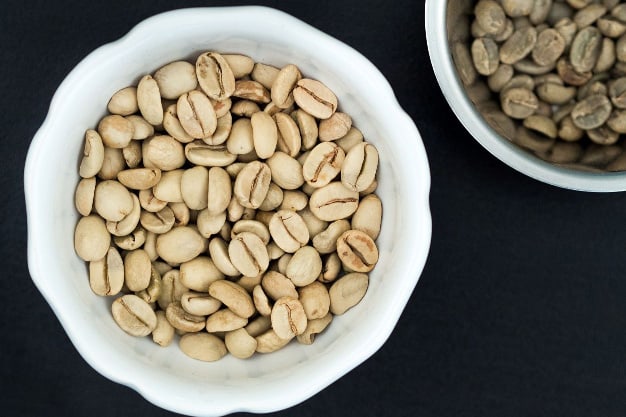
Anyone who lives in a chilly, northeastern climate like New Jersey can appreciate a hot cup of coffee. But what about the warmer weather, including
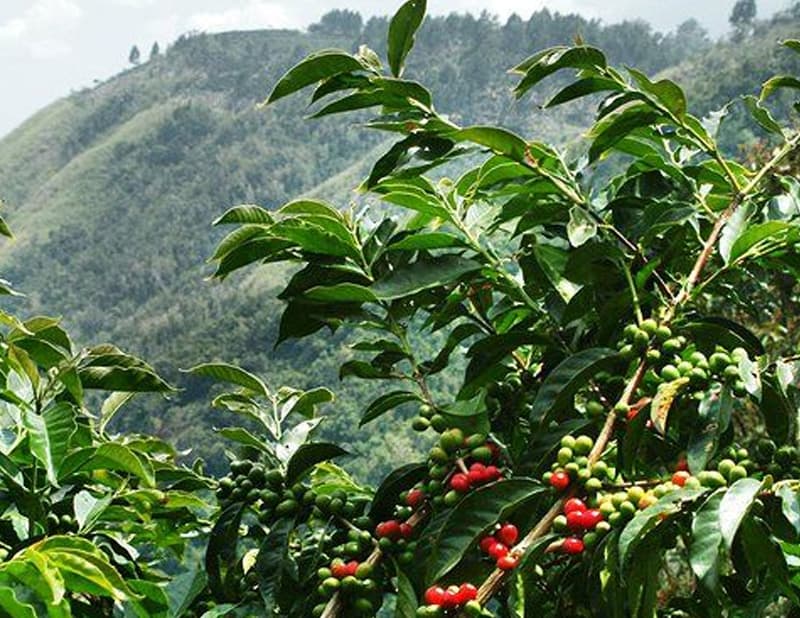
Critical coffee lovers nationwide are investing in a sweet, spicy, and clean coffee made from beans grown in a secluded part of the Indonesian mountains

Why Home Roasting Produces the Best Coffee At Lavanta Coffee Roasters in NJ, we are coffee roasters! In fact, it’s even in our name. But,
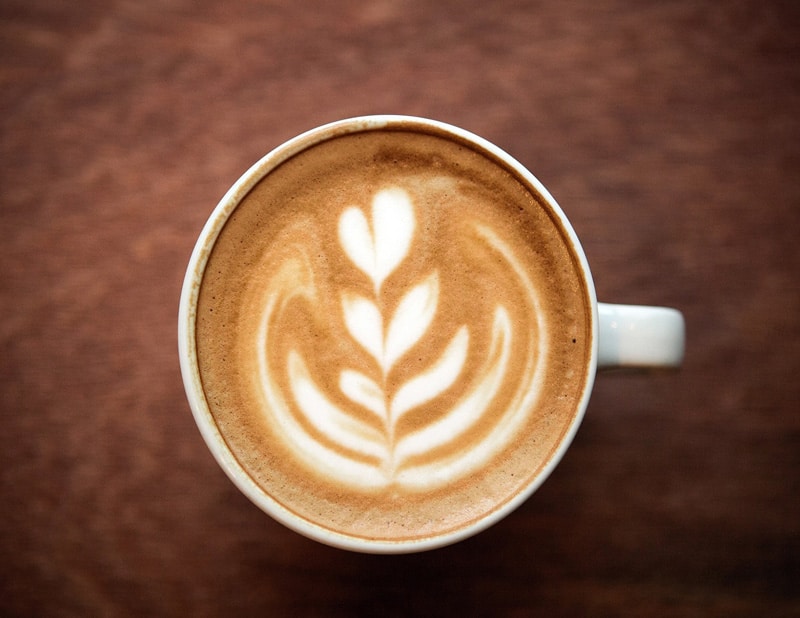
What is Direct Trade in Coffee? Have you ever stopped to wonder where the coffee beans that end up in your cup of coffee came

Legend has it Kopi Luwak was discovered in Indonesia under Dutch colonial rule. During that time, native farmers and plantation workers were forbidden from harvesting

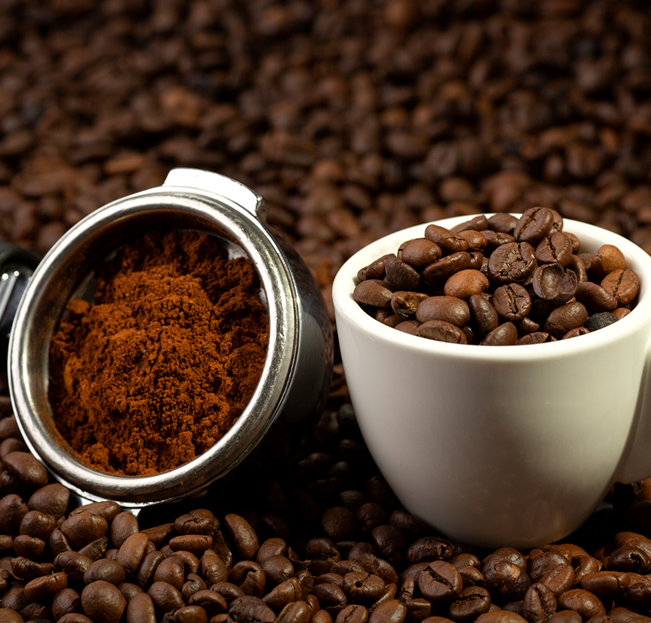

Ingredients
For the Sauce
Directions
Optional
For a thicker sauce, transfer it to a pot and simmer on the stove for 10 minutes. Pour the thickened sauce over the shredded pork before serving.
Enjoy this tender, flavorful dish with your favorite sides or piled high on a sandwich bun! 🤤

Here’s how to whip it up:
Ingredients
Directions
✨ Pro tip: Sip by a window and watch the snow fall for maximum cozy vibes!
Whether you’re just getting started or refining your technique, this guide will walk you through making smooth, delicious cold brew coffee right in your kitchen.


Cold brew is not the same as iced coffee. Here’s the difference:
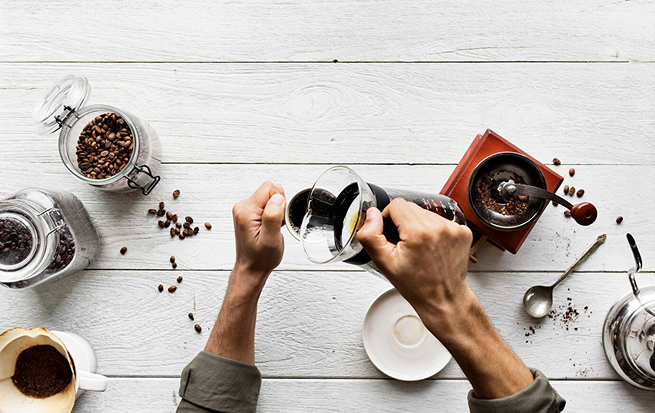
Basic equipment:
Optional:
Method 1: Mason Jar + Strainer
Method 2: French Press or Cold Brew Maker

Try infusing or enhancing your cold brew with:

Cold brew is not the same as iced coffee. Here’s the difference:

We’re brewing up something fresh, flavorful, and fabulous behind the scenes. Stay tuned—it’s launching soon!
Need coffee now? Email info@lavantacoffee.com or call (862) 881-4683. We’ve got you covered!
Our curated collection of coffees is crafted for discerning tastes — but choosing the ideal match can still be a journey. Click “Need help finding the perfect coffee?” to receive personalized recommendations from our team. Whether you seek bold intensity or a delicate balance, we’re here to guide you to your perfect brew.